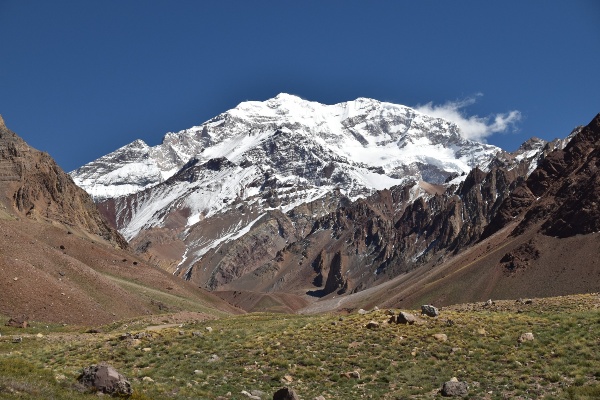Are these mountains safe?
All mountains, indeed all outdoor activities, come with an element of risk. As with anything, the level of risk varies and can be totally different for different people. Always seek in-depth, specific advice before booking a trip to any mountain and climb within your capabilities, including your technical, physical and mental capabilities.
Will I need specific equipment to climb these mountains?
Some of the mountains listed above should only be attempted by experienced climbers who are well-trained. Others, however, are open to people of varying abilities and experiences, even if it is your very first climb. Therefore, for some of the mountains, high-level equipment will be needed while others will just require you to have a sturdy pair of walking shoes.
Will I need specific insurance cover?
If you are travelling abroad to climb a mountain, comprehensive mountaineering travel insurance that covers you for mountain-related activities is absolutely vital. In some cases, you will not be allowed onto the mountain without it, but in all cases it is absolutely pivotal to be covered in case of all circumstances. Climbing a mountain can turn in a split second for even the most seasoned veteran; you must be prepared for all eventualities with specific insurance to cover your planned activities.










